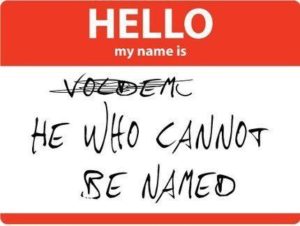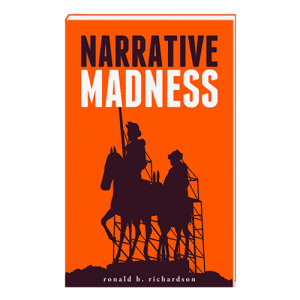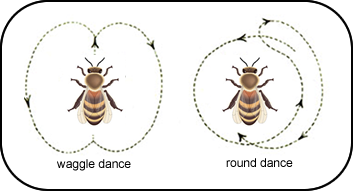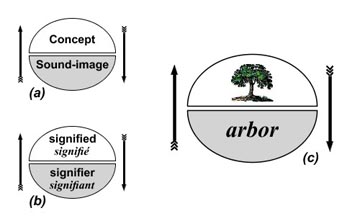(From my book Narrative Madness, which can be acquired at narrativemadness.com or on Amazon.)
All names are fictions, including the one that is closest to myself, that intimate name of names, my name for myself. For even the precious word “I” – which rises like a monolith above my head, promising singularity and unity – is an invented word, not a natural concept.

“I” is not a person. “I” is a letter. “I” is a word. Letters and words carry with them traces of their history, tracks that lead back in time, in the shapes of the letters and the derivations of the words. Our letter comes from the Egyptian pictogram of an arm, representing the long-”A” sound, later incorporated into the proto-Semitic language because their word for arm started with that sound (as ours does). Perhaps we can read a connection here between self and action. A derivation of the letter can be found in most Semitic alphabets. The letter Yud – Yodh, Yod, Ye or Jodh – is the tenth letter in Hebrew, Aramaic, Syriac, Persian and Arabic. In Hebrew, two Yud in a row represent Adonai, a name of God. Mystical significance is attached to this divine name because it is formed from the smallest letter.
Continue reading “The Artificial “I””

 In my book
In my book 
 Well, yes. The language of the bees still astounds scientists. Bees communicate symbolically in the form of a dance, passing on information about distance, difficulty and value of potential food sources. They dance in the present about past experiences in order to exploit future resources. Other bees do their little dance, explaining alternative sources of pollen, and then somehow the bees come to a decision about the best source. An insect, a creature from the lower orders – far down the hierarchy of animals (at the top of which we have placed ourselves) – can clearly tell stories and make value judgements about them. (Read all about it in biologist and sociologist
Well, yes. The language of the bees still astounds scientists. Bees communicate symbolically in the form of a dance, passing on information about distance, difficulty and value of potential food sources. They dance in the present about past experiences in order to exploit future resources. Other bees do their little dance, explaining alternative sources of pollen, and then somehow the bees come to a decision about the best source. An insect, a creature from the lower orders – far down the hierarchy of animals (at the top of which we have placed ourselves) – can clearly tell stories and make value judgements about them. (Read all about it in biologist and sociologist 


 At the beginning of the last century, Ferdinand de Saussure severed language from reality. In his Course in General Linguistics, he explained that a sign is made up of two parts: the signifier and the signified. The signifier is a word, a set of sounds, sometimes represented by letters. The signified is what the signifier arbitrarily refers to. Unfortunately for those who want language to be a transparent window on the world, the signified is not an external object, but a subjective concept.
At the beginning of the last century, Ferdinand de Saussure severed language from reality. In his Course in General Linguistics, he explained that a sign is made up of two parts: the signifier and the signified. The signifier is a word, a set of sounds, sometimes represented by letters. The signified is what the signifier arbitrarily refers to. Unfortunately for those who want language to be a transparent window on the world, the signified is not an external object, but a subjective concept.